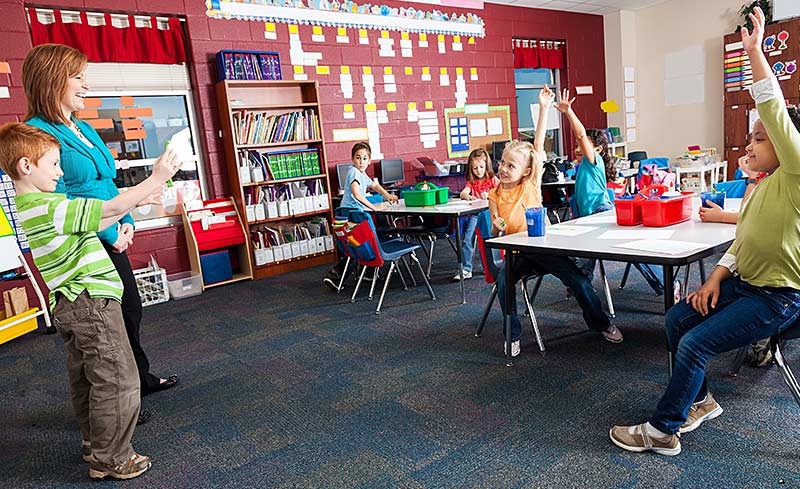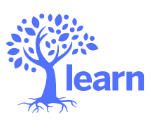English Language Arts

Teaching and Learning Tools
Feature Project Idea: Interactive Reading Maps
 "Our PDIG proposed ways toaddress the Media Pursuit of the Advanced 5 Balanced Literacy Framework by creating an interactive map for students to track their reading experiences and consequently their learning. Essentially, we are hoping that students will locate their various texts on a world map and use places on their map to talk about how their texts contribute to a broader cultural conversation."
"Our PDIG proposed ways toaddress the Media Pursuit of the Advanced 5 Balanced Literacy Framework by creating an interactive map for students to track their reading experiences and consequently their learning. Essentially, we are hoping that students will locate their various texts on a world map and use places on their map to talk about how their texts contribute to a broader cultural conversation."
Read more about Ruwani and Heather's project in our blog entry:
Interactive Reader Maps in the English Language Arts Classroom
View the following English language Arts (ELA) sample Cartograf mapping scenarios, based on Heather and Ruwani’s project, on Cartograf here:
Take Me to Your Culture!
Map your Literature Circle Novel
Map your Author
Trace the Voyage of the Odeyak
Spoken Word Resources
Spoken word inspires students to follow the writing process to produce poetry they are passionate about. From brainstorming, writing, and editing to performance of a polished piece, engage your students in contemporary themes and topics. Spoken word is a dynamic way to get students to achieve ELA competencies - read, write and talk!
Ten Things to be True (brainstorm activity) - Download ![]()
Introduction to Spoken Word - Download ![]()
Spoken Word Rubric - Download ![]()
Poetry Analysis Tool - Download ![]()
Peer Evaluation Tool - Download ![]()
Open Mic Checklist - Download ![]()
Media Production
The Media Production handbook offers strategies and resources to scaffold student production of media. The production process tools help students clarify thoughts, ideas and storyboard before diving into the technology.
Digital Storytelling
Storyboard template - Download resource 
Digital Storytelling Checklist for Students (Formative Evaluation Tool) - Download resource 
Producing a Podcast
Tools to scaffold the podcast production process – Graphic organizers to storyboard, write a script, and have a clear plan.
DWAC - Differentiating Writing Across the Curriculum
Differentiating Writing Across the Curriculum (DWAC) is a toolkit to scaffold student writing across genres. From autobiography to article, photo essay to fantasy – DWAC includes graphic organizers and more to help avoid writer’s block.
Response Cards and Guide
Students don’t know what to say? Get the conversation moving with response cards. Includes a teacher guide with tips on using it in the classroom.
Problem Solving Cards
An activity to get students writing and responding from different points of view. Each activity has instructions, links to the QEP (Broad Areas of Learning and Cross-Curricular Competencies), and teacher tools.
How To - English Language Arts
Clever tutorials aimed at students to help them communicate through different genres.
- Write a letter. Go to page

- Write an autobiography. Go to page

- Write an article. Go to page

- Create a comic. Go to page

- How to do an oral presentation. Go to page

- Create a reference list. Go to page

Professional Learning
Resources that support the teaching and evaluation of English Language Arts in Quebec
- Literacy Today Quebec. Teacher Inspired ELA Resources. Go to site

- Quebec Reading Connection. Connecting the Québec Education Program to the World of Books. Go to site

- DEELA. Learning and Evaluation Situations. Go to site

- The Association of Teachers of English of Quebec (ATEQ) Go to site

Curated Resources Elementary
Digital Citizenship. Go to site ![]()
Q&A: Copyright Rules for Quebec Schools. Download ![]()
Copyright Matters! Download ![]()
MEES Program Documents
Elementary
Elementary Education-English Language Arts. Go to site ![]()
Framework for the Evaluation of Learning - Elementary School Cycles One, Two and Three - Download ![]()
Progression of Learning – Elementary ELA. Download ![]()
Secondary
Secondary Cycle One – English Language Arts. Download ![]()
Secondary Cycle Two – English Language Arts. Download ![]()
Progression of Learning in Secondary School. Go to site ![]()


 FACEBOOK
FACEBOOK TWITTER
TWITTER
 INSTAGRAM
INSTAGRAM LINKEDIN
LINKEDIN